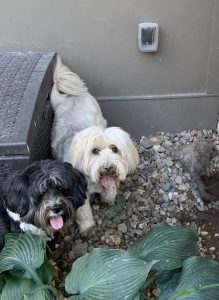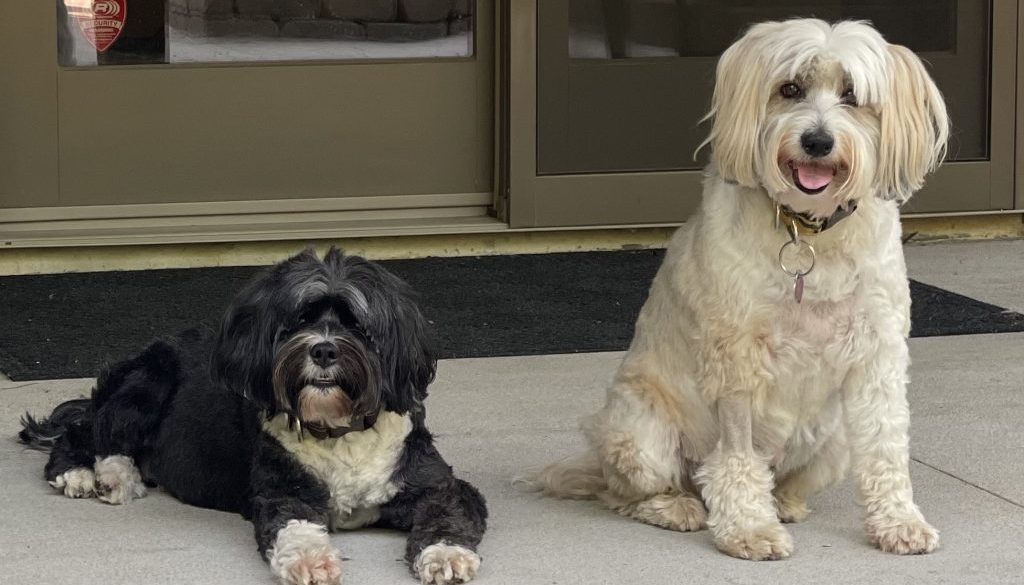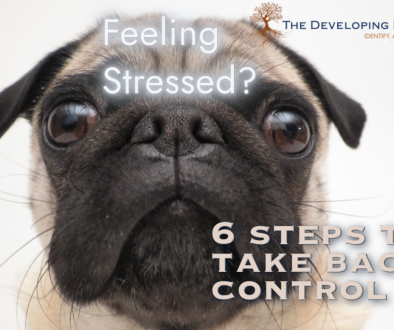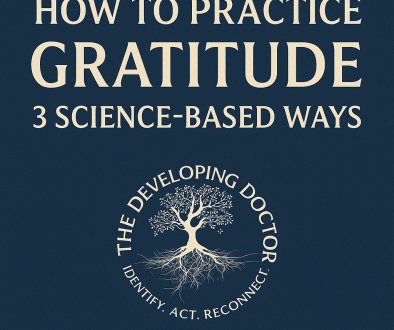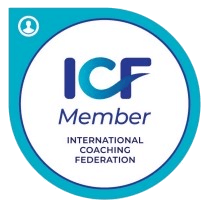Physician Dog Ownership: Rediscovering Balance and Values
Physician Dog Ownership: Rediscovering Balance and Values in Medicine
“I have two puppies left but plan to keep one as a show dog.” As I listened to the breeder talk about her plans, I stood in the middle of a puppy pile. One puppy attached himself to my shoelaces and remained that way for my entire visit. He happened to be the only available puppy. It seemed he had chosen me. A short time later, I carefully placed him in a crate, and we made the 90-minute drive home. Stanzi (named after the Orange Bowl-winning Iowa Hawkeye Quarterback Ricky Stanzi. Go Hawks!), a Tibetan terrier, is now 12 years old. He is now an old man. Despite being blind and diabetic, he remains attached to my feet. He likes to sleep whenever I am still enough for him to do so. Bringing Stanzi into my life was one of the best decisions I have made. It was not, however, an easy one.
Dog ownership is a big responsibility and not something that easily meshes with a physician’s lifestyle. As medical professionals, we often struggle to balance our demanding careers with personal life. Physician dog ownership is challenging.
From Country Dogs to City Pups: A Physician’s Perspective
I am one of 7 kids. We grew up in rural Iowa and had numerous dogs. Elvira, Tiger, Wolfie, Xena, and Daisy were all cherished members of our family. They were loved, fed, exercised, cuddled, and well-cared for. They were country dogs. There were no fences or chains. They darted out open doors at all hours of the day with big doggie grins. Most commonly, they stayed in our yard, content to alert us when a car, rabbit, or person approached our home. Other times, they chased us on bikes, explored pastures, followed us to the nearby farm creek, and spoiled hiding spots during games of hide and seek. They would also leave on their own adventures and return hours or days later with untold stories to share. It was a carefree time and relatively easy way to own a dog. That was a different time and different place. I knew caring for Stanzi would be different.
Embracing the Kahu Mindset
In Hawaiian, you don’t call yourself your pet’s owner. You are their Kahu. Kahu has many meanings: guardian, protector, steward, beloved attendant, or – my favorite – someone entrusted with the care of something precious, something cherished. My view of pet ownership aligns with Kahu. That is why I didn’t get a dog sooner. I wanted a dog throughout my medical training, but I delayed getting one because I was nervous I could not properly care for it. So, I waited until I was done with training and brought Stanzi home after I had a faculty position and a home with a fenced-in yard.
The Challenges of Physician Dog Ownership for a New Attending
The first few days of dog ownership did not go well. I was single at the time. As a new attending physician, I was establishing a patient panel and an academic career. Puppies need to go outside regularly. Physicians work 8-12 hour days. I planned to run home midday even though there is no such thing as a lunch hour in medical practice. After a couple of missed lunch hour breaks and some messy “surprises” when I got home, I hired a local dog walking company to let Stanzi out twice a day. Stanzi and I settled into a routine.
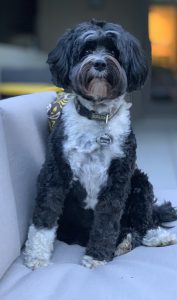
Unexpected Transformations: How Stanzi Changed My Life
A funny thing happened during my first few months with Stanzi. I changed. Or, more correctly, I realized how much medical training had changed me. Before I started medical school and residency, I exercised regularly, prepared most of my meals, read a lot, and spent a lot of time with my extended family. During training, I gradually stopped exercising, ate out, or grabbed takeout, and was more likely to spend the little spare time I had sleeping or decompressing with friends at a bar. I was likelier to spend a free weekend out with friends or working than seeing family.
With Stanzi, that all changed quickly. I took Stanzi for walks and started going to the gym. I spent more time with family and entered into a long-term relationship. My experience is not an isolated one. Studies have shown that dog ownership can increase physical activity, improve cardiovascular health, and enhance social interactions.
After a year, my partner and I added a second Tibetan terrier to our family. If Stanzi thinks I am the greatest thing since sliced bread, Moeaki (also named after a Hawkeye great!) or Momo thinks I am about as capable as a slice of bread. His mission is to ensure I never forget a meal time and protect me at all costs. His favorite activities are guarding the front door and patrolling the yard. Squirrels and the 8-pound cockapoo, Lady, are his greatest enemies. He dutifully checks in for pets and a treat after all thwarted squirrel invasions, and then promptly resumes his postion guarding the front door. We are grateful for his service and love him to death.
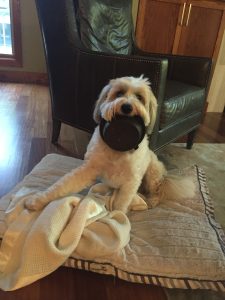
Reconnecting with Core Values: Lessons from Canine Companions
Becoming a dog owner as an adult improved my life and undid some of the unintended consequences of medical training. Medical training programs physicians to be self-sacrificing, perfectionist workaholics. These traits help us survive the rigors of medical training but lead to imbalanced lives. Ultimately, this leads to burnout and job dissatisfaction. If medical training took advantage of my core values of family, integrity, compassion, and duty, becoming a dog owner reconnected me with them in a healthy way.
The Double-Edged Sword of Delayed Gratification in Medicine
Delayed gratification is a concept deeply ingrained in medical training. We spend years studying, sacrificing sleep, and postponing personal milestones for the promise of a fulfilling career. However, this mindset can sometimes extend beyond training, leading to a perpetual state of “waiting for the right time” to pursue personal goals or find work-life balance. My decision to wait until after training to get a dog was an example of this, but it’s crucial to recognize when delayed gratification becomes detrimental to our well-being.
The concept of Kahu, living life according to your core values, and the joy of having Stanzi and Momo in my life have profoundly impacted my perspective as a physician. Embracing the role of a Kahu for my dogs has reminded me of the importance of stewardship and compassion, not just in pet ownership but in patient care as well. It has helped me reconnect with my core values, which were sometimes overshadowed by the demands of medical training and practice. Stanzi and Momo have brought immeasurable joy, companionship, and balance to my life, constantly reminding me of the importance of nurturing relationships and maintaining a healthy work-life balance.
The Kahu Approach: Balancing Medicine and Personal Life
As physicians, we often advise patients on the importance of physical activity, stress reduction, and social connections for overall health. Dog ownership can be a powerful catalyst for achieving these goals. By sharing this story, I hope to encourage my fellow physicians to reflect on their own lives and consider how aligning their choices with their core values – whether through pet ownership or other means – can lead to a more fulfilling life and career.
Conclusion: A Prescription for Physician Well-being
In conclusion, while the path of medicine is demanding and often requires sacrifice, it’s crucial to remember that our well-being directly impacts our ability to care for others. By embracing the concept of Kahu in our personal and professional lives, we can strive for a more balanced, fulfilling existence that benefits us and enhances the care we provide to our patients. I am forever grateful for the lessons Stanzi and Mo have taught me and cannot imagine my home without them in it.
